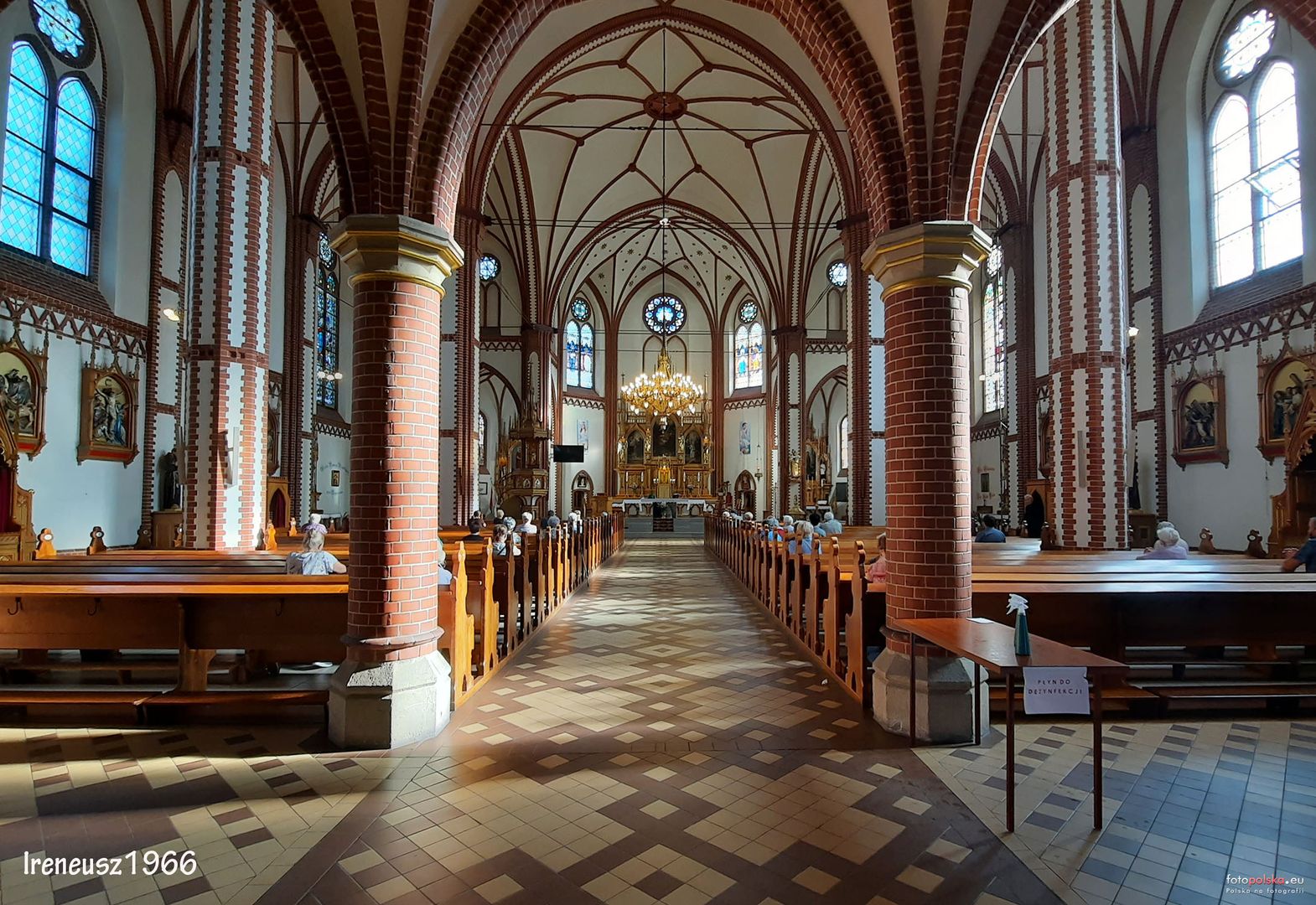St. Joseph's Church in Katowice
6.31

Overview
The Church of St. Joseph in Katowice-Załęże is a Roman Catholic temple, built between 1898 and 1900 as a votive offering following the mining disaster at the Kleofas mine, which occurred on March 4, 1896, claiming the lives of 105 miners. The church, designed in the Neo-Gothic style by Ludwig Schneider, features a pseudo-basilica layout with a hall-like interior and a transept. Its dimensions are 53 meters in length, 30.5 meters in width, and 64 meters in height. The facade is covered with facing brick, adorned with glazed brick decorations. Instead of a tower, a slender spire with a clock is situated at the intersection of the transept and the main nave. The interior is decorated with ribbed vaults and original altars, including the main altar, whose paintings depict scenes from the life of the Holy Family and miners. The stained-glass windows date from various periods, with some created in the second half of the 20th century. The history of the church is closely tied to the efforts of the local community, which had sought to establish its own parish since the Middle Ages, with the formal erection of the parish taking place in 1896. In 2009, conservation work began on the facade and interior, and in 2019, the historic organ from 1900, listed in the register of movable monuments, was renovated. The church plays an important role in the cultural and religious life of Załęże, and its history and the events surrounding its founding testify to the dedication of the local community. Among the interesting facts, it is worth noting that the church houses plaques commemorating miners and four bells, the largest of which date from 1959. The original bells were confiscated by the military in 1917.
Location
Tickets
Powered by GetYourGuide
2025 Wizytor | All Rights Reserved